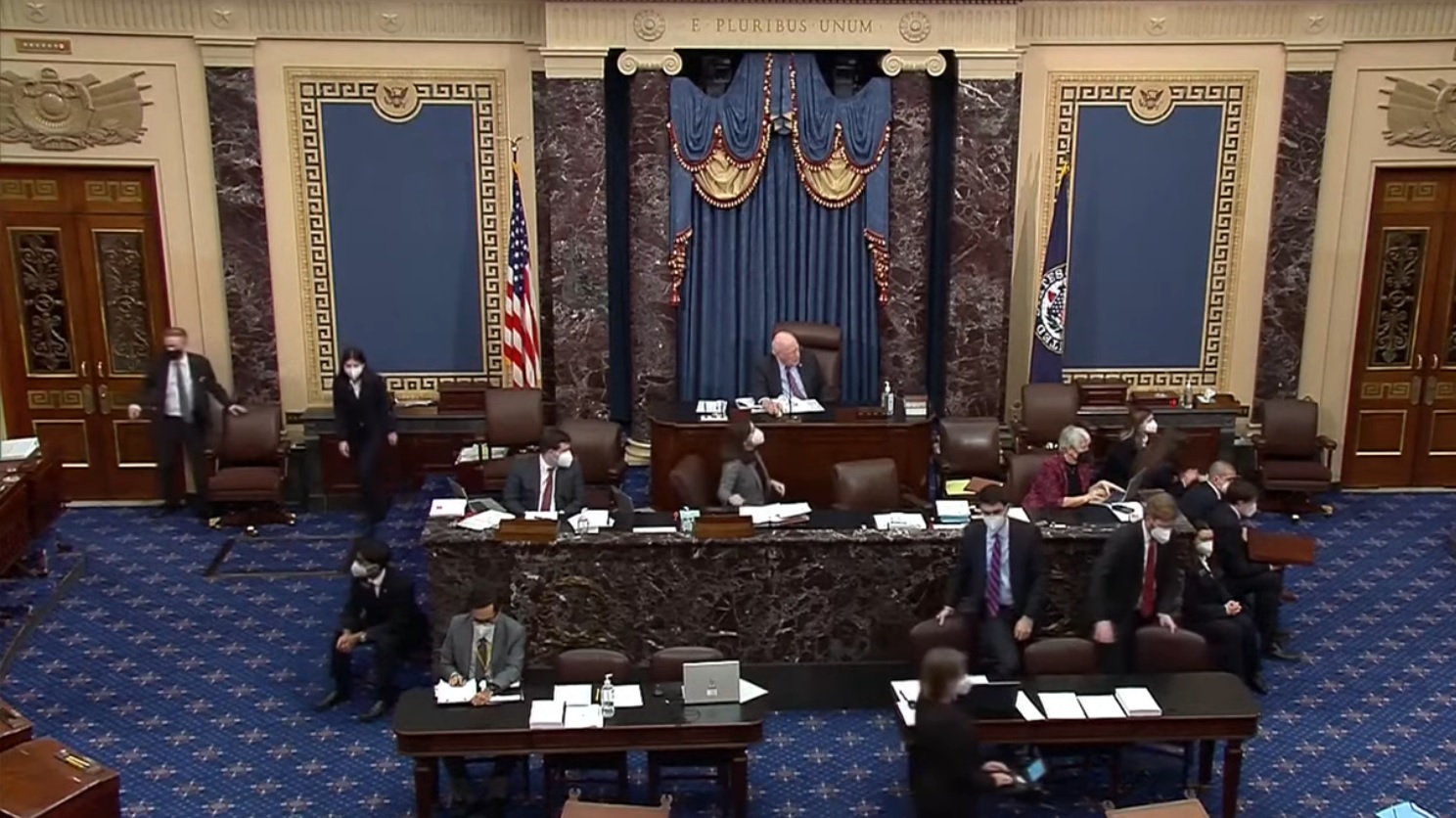
National Restaurant Association,
The U.S. Senate failed to advance the Small Business COVID Relief Act of 2022 (S. 4008), ending the possibility of replenishing the Restaurant Revitalization Fund (RRF). The vote is a devastating blow to the restaurant industry and small business operators.
“Throughout the pandemic, restaurants focused on serving their communities. When government-mandated closures shuttered dining rooms, restaurants found a way to shift operating models and keep employees on the payroll. When first responders needed a hot meal, restaurants stepped in to help in cities and towns across the country,” said Michelle Korsmo, President & CEO of the National Restaurant Association. “When Congress offered these restaurants the RRF lifeline, restaurant owners and operators made business decisions based on those commitments. Restaurants that are still trying to make up for what was lost in the pandemic today are struggling with workforce shortages, record-high inflation, and supply chain constraints. Today’s vote will further exacerbate those challenges and result in more economic hardships for the families and communities across the country that rely on the restaurant and foodservice industry.”
“Today, a Senate filibuster dashed the promise made to more than 177,000 small business owners in communities across the country” said Sean Kennedy, Executive Vice President of Public Affairs for the National Restaurant Association. “These restaurant owners believed the creation of the Restaurant Revitalization Fund was a down payment, and that the Senate would complete the mission with this vote. A bipartisan majority voted to begin debate on this critical legislation, but it wasn’t the 60 votes needed. While there are valid questions about government spending and inflation, restaurants should not be caught in the crossfire. We applaud the leadership of Senate Majority Leader Chuck Schumer (D-NY), as well as Senators Ben Cardin (D-MD), Roger Wicker (R-MS) and Kyrsten Sinema (D-AZ) for their work in creating and pressing to replenish the RRF.”
The $48 billion Small Business COVID Relief Act of 2022 (S. 4008), introduced by Sens. Ben Cardin (D-MD) and Roger Wicker (R-MS), included $40 billion for RRF replenishment and $8 billion in support for other industries deeply impacted by the pandemic. The House passed the Relief for Restaurants and other Hard Hit Small Businesses Act of 2022 (H.R. 3807), that included $42 billion to replenish the RRF, on April 7. Both political parties agreed that the RRF should be replenished but couldn’t reach a consensus on how to pay for it. Democrats generally wanted to treat replenishment as emergency spending, while Republicans generally wanted existing funds reallocated.
The American Rescue Plan established the RRF with $28.6 billion that Senate Majority Leader Charles Schumer (D-NY) called a down payment to restaurants. More than 278,000 restaurants applied for funds from the RRF, but only 101,000 applications were funded before the Small Business Administration ran out of funding. By leaving 177,000 without aid, the Federal government essentially picked winners and losers, among direct competitors, based on chance, not need.
The program’s initial round of funding, which operators used primarily to pay off debt and meet payroll, was a resounding success. According to Association research(Opens in a new window), more than 900,000 restaurant jobs were saved, and 96% of recipients report that the funds helped their establishments remain open.
But those that did not receive funds are still languishing. In fact, 62% of operators says their restaurant accumulated additional debt since the beginning of the pandemic; 57% said their restaurant fell behind on expenses. Industry-wide, eating and drinking establishments lost $300 billion in sales the first year of the pandemic.
Even though the restaurant industry appears to be recovering from a consumer spending perspective, for restaurants, most of which operate on 3-5% pre-tax profit margins, the challenges continue to mount. Soaring food prices, supply chain constraints, and workforce shortages make it impossible for many restaurants to pay off debt that was accumulated during the pandemic.
Find the latest on trends in key restaurant industry economic indicators—including employment, sales, and wholesale food costs—here(Opens in a new window).
Disclaimer: Articles featured on Oregon Report are the creation, responsibility and opinion of the authoring individual or organization which is featured at the top of every article.

